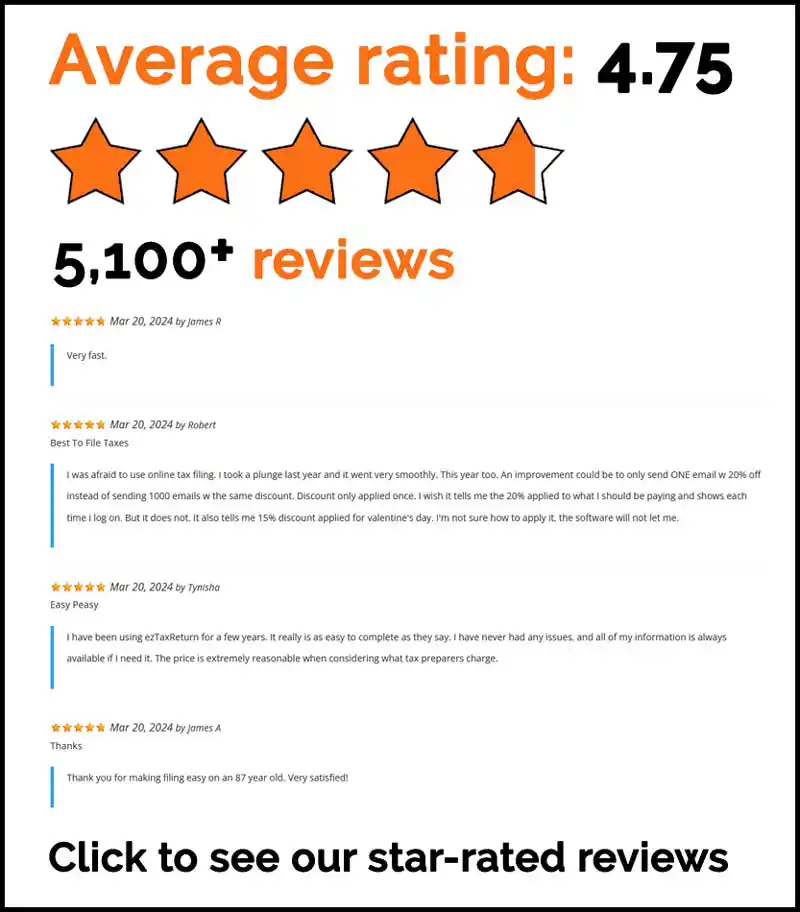The information in this article is up to date for tax year 2024 (returns filed in 2025).
Forking over thousands of dollars to cover college expenses can be a hard pill to swallow but it does have its perks. Aside from the degree you’ll eventually earn, your expenses may qualify you for an education credit at tax time. Tax credits reduce the amount of taxes you owe and can help you walk away with a bigger refund.
What Are Education Tax Credits?
Education tax credits are a valuable resource for individuals and families looking to offset the costs of higher education. These credits can significantly reduce the amount of tax you owe and, in some cases, even result in a refund. There are two main types of education tax credits: the American Opportunity Tax Credit (AOTC) and the Lifetime Learning Credit (LLC).
The AOTC is designed for students pursuing a degree or other recognized education credential, while the LLC is more flexible, allowing you to claim the credit even if you’re just taking courses to improve your job skills. To qualify for these education tax credits, you must meet specific eligibility requirements, such as being an eligible student and having qualified education expenses. By understanding and utilizing these credits, you can make higher education more affordable and reduce your overall tax burden.
American Opportunity Tax Credit (AOTC)
The American Opportunity Tax Credit (AOTC) is a fantastic way to ease the financial burden of higher education. This federal tax credit is worth up to $2,500 per eligible student each year and can be claimed for up to four tax years. To qualify, students must be pursuing a degree or another recognized education credential and be enrolled at least half-time for at least one academic period. Additionally, the AOTC is only available to students who have not yet completed the first four years of higher education.
Income limits apply to this credit, with single filers earning $80,000 or less and married couples filing jointly earning $160,000 or less eligible for the full credit. The AOTC not only helps reduce the amount of tax you owe but can also result in a refund of up to $1,000 if you don’t owe any taxes. This makes it an invaluable resource for students and families striving to manage the costs of higher education.
Lifetime Learning Credit
The Lifetime Learning Credit is worth up to $2,000 for students who paid for tuition and other related expenses at a qualified institution. These are qualified education expenses paid under the LLC. Unlike the AOTC, the Lifetime Learning Credit can be claimed whether you’re pursuing a degree or just taking a few courses to boost your job skills. There’s also no limit on the amount of times the credit can be claimed. To qualify, eligible students must be:
- Enrolled or taking classes at an eligible school for at least one semester
- Working towards a degree or looking to improve job skills
To claim the full credit, your modified adjusted gross income must be less than $80,000 ($160,000 if filing a joint return).
Choosing Between the AOTC and LLC: Why You Can’t Claim Both
Even if you qualify for both the American Opportunity Tax Credit (AOTC) and the Lifetime Learning Credit (LLC), you can only claim one on your tax return. The IRS has specific guidelines that prevent you from using both credits for the same student in the same tax year. Claiming education credits involves using the appropriate IRS forms and guidelines. Don’t worry, ezTaxReturn makes the decision easy. Just use us to do your taxes and we’ll help you choose the best education credit for your situation.
What Are Qualified Education Expenses?
Knowing what qualifies as education expenses is key to claiming your education tax credits. Qualified education expenses include tuition and fees, course materials, and equipment required for a course of study. For the AOTC, this also extends to books, supplies, and equipment needed for a course, even if purchased from a non-school source.
On the other hand, the Lifetime Learning Credit (LLC) covers tuition and fees but does not include course materials, equipment, or other related expenses. Knowing which expenses are eligible can help you maximize your education tax credits and reduce your overall tax bill. Always keep detailed records of your qualified education expenses to ensure you can claim the full benefits available to you.
What Is an Eligible Educational Institution?
An eligible educational institution is one that participates in a student aid program administered by the U.S. Department of Education. This includes most colleges, universities, and vocational schools. To claim education tax credits, you must be enrolled at an eligible educational institution and have qualified education expenses.
How Do You Claim Education Credits?
Early in the year, your school will send you a Form 1098-T, Tuition Statement reporting any payments they received for qualified expenses as well as scholarship or grant information. Students can claim an education credit even if they do not receive a Form 1098-T, as long as they maintain records of qualified educational expenses. Some eligible expenses such as the cost of textbooks may not be reflected on the 1098 tuition form but feel free to add them in when you prepare your tax return. These are related expenses paid that can be included when preparing your tax return. Please note, there are some expenses you cannot claim. Room and board, transportation, insurance premiums and living expenses all fall into this category.
Once you have this information, use IRS form 8863 to calculate your both the American Opportunity Tax Credit and Lifetime Learning Credit. These forms help in claiming education credits for eligible educational institutions. Skip the paperwork and let ezTaxReturn handle it! Claim your education credits and get the biggest refund possible guaranteed!
The articles and content published on this blog are provided for informational purposes only. The information presented is not intended to be, and should not be taken as, legal, financial, or professional advice. Readers are advised to seek appropriate professional guidance and conduct their own due diligence before making any decisions based on the information provided.




